Mark Your Calendars! Full Strawberry Moon Will Appear in Our Skies on June 11
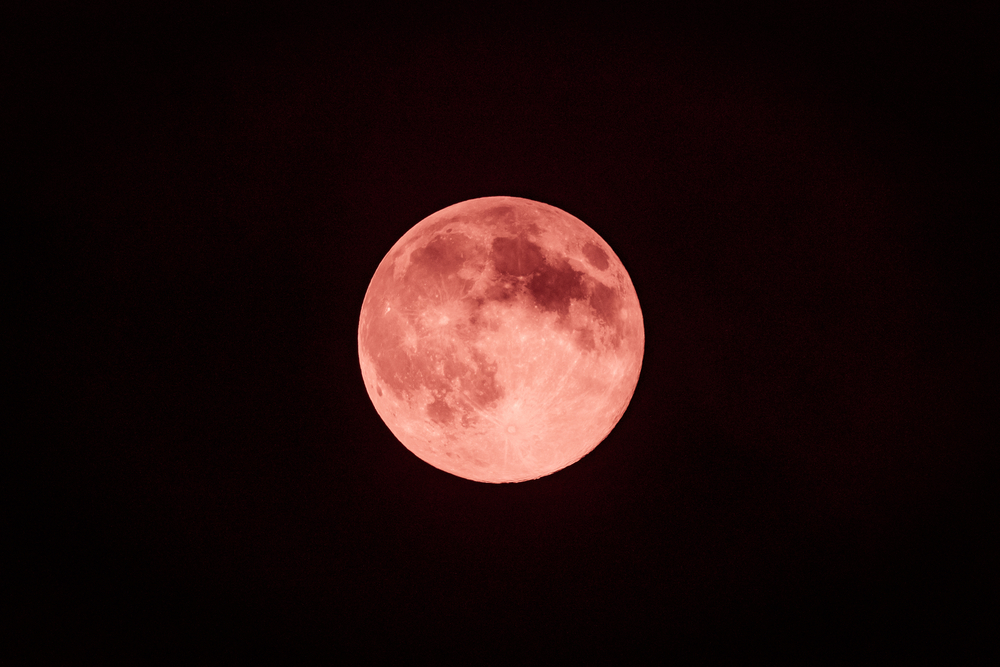
Every so often, the sky gives us a reason to look up—not just to see, but to remember.
On June 11, in the quiet hours before dawn, the full Strawberry Moon will rise—not red, not berry-shaped, but rich in meaning. It’s the kind of moon that’s easy to miss in a world too busy to notice. Yet this one? This one hasn’t appeared this low in the sky since 2006—and won’t again until 2043.
Why does the moon seem to hang lower, glow warmer, linger longer? What ancient stories are reflected in its light? And what does it whisper to the part of us that still feels connected to cycles, seasons, and silence?
This isn’t just a moon. It’s a celestial checkpoint. A reminder written in the sky. And if you give it your attention, it might just reflect something back to you.
A Moon That Only Rises Once in a Generation
There’s something humbling about knowing the next time we’ll see a moon like this, we’ll be older. Some of us may even be gone. The Strawberry Moon rising on June 11, 2025, is not just another full moon—it’s the lowest full moon Northern Hemisphere skies will witness until the year 2043.
That’s because we’re currently in the midst of a major lunar standstill, a rare event that only happens every 18.6 years. During this cosmic moment, the Moon’s orbit tilts to its furthest extremes, making it rise and set at its most distant points along the horizon. As a result, this full moon will trace a shallow, low arc across the southern sky—so low, in fact, that it will hover just 22 degrees above the horizon in some regions.
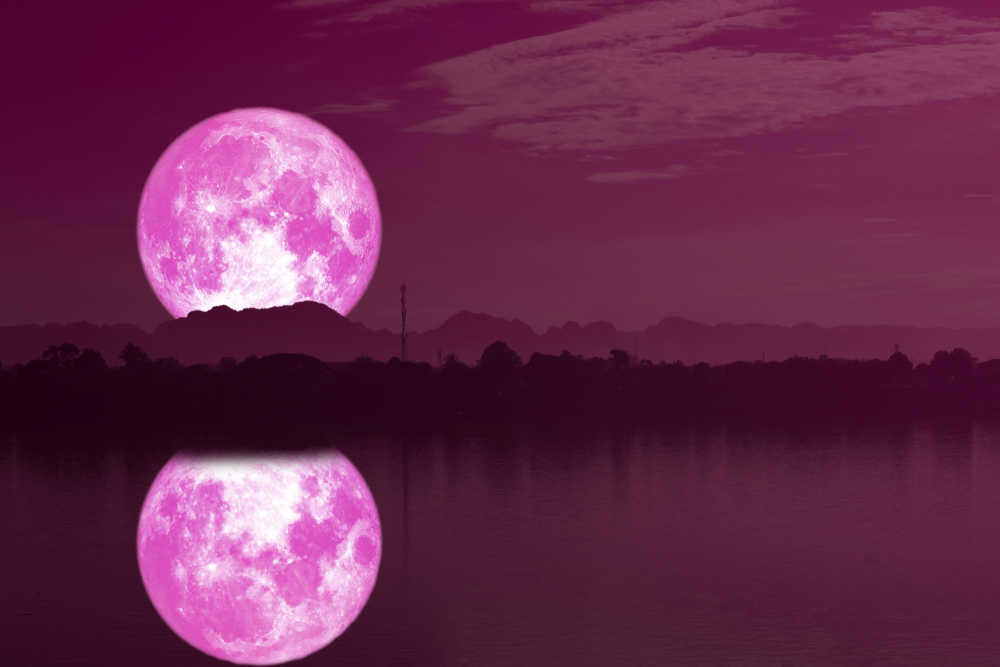
And with that low position comes a kind of visual magic. When the Moon hugs the horizon, it appears larger—an effect called the moon illusion. Pair that with the light-scattering effects of atmospheric dust and pollutants, and what you’ll see could be a glowing golden orb, tinged with orange or even copper. Not because it’s different, but because of how much more it has to travel through the atmosphere to reach your eyes. As Wonderopolis explains, “Orange and red light, which have longer wavelengths, tend to pass through the atmosphere, while shorter wavelengths of light, such as blue, get scattered.”
It’s also fitting that this rare, low-hanging moon comes just days before the summer solstice, when the sun sits highest in the sky. The two are cosmic opposites—when the sun stands tall, the moon crouches low. It’s nature balancing itself in plain sight.
Why It’s Called the Strawberry Moon
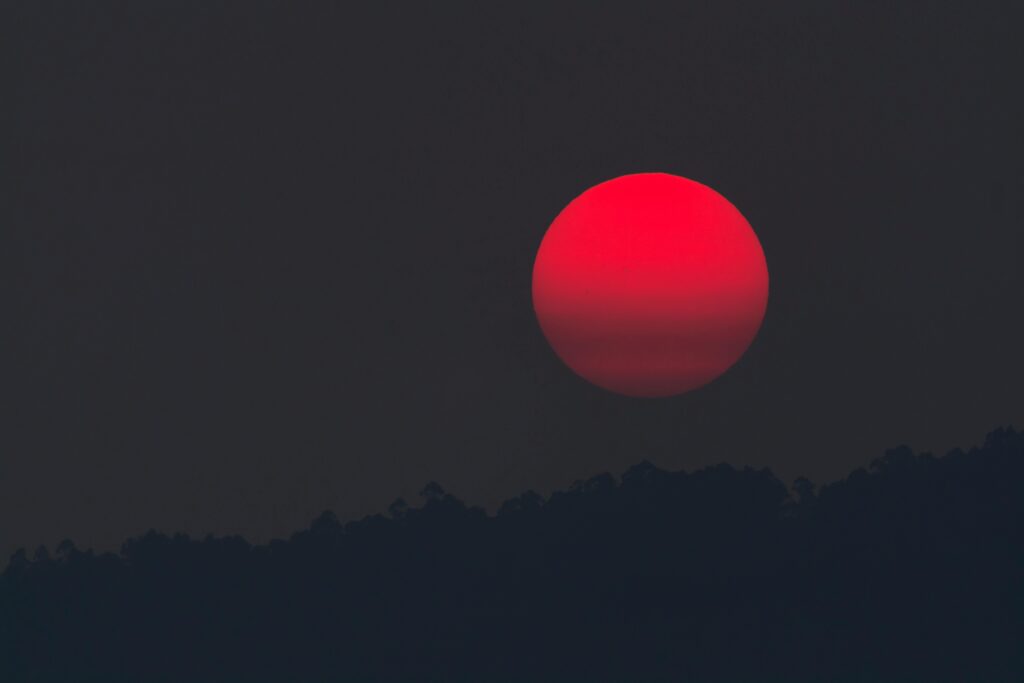
No, it won’t glow pink like a ripe berry. The name Strawberry Moon wasn’t given because of its color—it was given because of its timing. Long before calendars and clocks, people looked to the sky to mark time. And June’s full moon meant one thing: strawberries were ready.
The Algonquin, Ojibwe, Dakota, Lakota, and many other Native American tribes used this full moon as a seasonal signal—the wild strawberries were ripe for harvest. It was a matter of sustenance, not symbolism. The moon rose, and the earth offered its sweetness.
Across North America, different tribes gave it different names, each reflecting what was blossoming in their part of the world:
- Berries Ripen Moon (Haida)
- Raspberry Moon (Shawnee)
- Blackberry Moon (Creek)
- Green Corn Moon and Blooming Moon
Beyond North America, the names shift—but the intent stays the same. In Europe, it was called the Mead Moon or Honey Moon, likely tied to the tradition of June weddings and the fermentation of honey into ceremonial drink. In China, it was the Lotus Moon. In English and Celtic lore, it became the Rose Moon, the Horse Moon, even the Dyan Moon—each name a reflection of what nature was doing when that full moon lit the night.
These names weren’t poetic for the sake of poetry. They were spiritual, agricultural, and deeply observational, passed down from people who lived in sync with the earth’s rhythms. Before science could explain orbits and standstills, these cultures knew: this moon meant something. It was a marker of transition, of abundance, of alignment with something greater.
In 2024, for example, the Farmers’ Almanac honored the birth of a rare white buffalo calf in Yellowstone by calling it the White Buffalo Moon, a gesture recognizing Indigenous prophecy and reverence for nature.
The Science Behind the Beauty
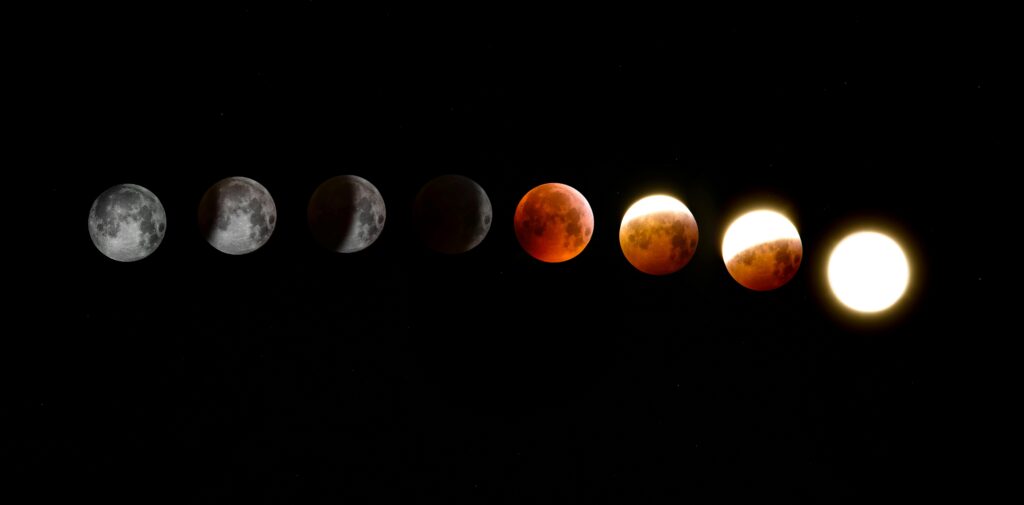
The Strawberry Moon’s low position this year isn’t just a random quirk. It’s the result of a precise cosmic choreography—an interplay of Earth’s tilt, the Moon’s orbit, and our position in the solar system that creates one of the sky’s most mesmerizing displays.
Let’s break it down.
Every full moon occurs when the Moon is directly opposite the Sun from Earth’s perspective. That means in June—when the summer solstice nears and the Sun rides highest in the sky—the full Moon is forced to take the opposite path: low and wide across the southern horizon. This is why the Strawberry Moon appears to “crawl” along the sky, casting long shadows and bathing the landscape in a warm, soft glow.
But there’s more. The Moon’s orbit around Earth isn’t a perfect circle—it’s tilted and elliptical, and every 18.6 years, it reaches its furthest extremes in what astronomers call a major lunar standstill. During this period, the Moon rises and sets at its northernmost and southernmost points, making June’s full moon exceptionally low for observers in the Northern Hemisphere.
And that warm golden or orange hue? That’s light scattering at work. When the Moon is low on the horizon, its light travels through more of Earth’s atmosphere. The shorter wavelengths of light—like blue and violet—scatter away, while the longer wavelengths, like orange and red, make it through. This is the same reason sunsets glow fire-orange and blood-red.
So when the Strawberry Moon hangs low, glowing like an ember, it’s not magic. It’s physics with flair.
There’s also a bonus in 2025: look just above and to the right of the Moon, and you may catch Antares, a red supergiant star 550 light-years away in the heart of the Scorpius constellation. Its subtle crimson burn paired with the golden hue of the Moon creates a cosmic duet—a reminder that even across light-years, beauty can align.
A Mirror for Reflection
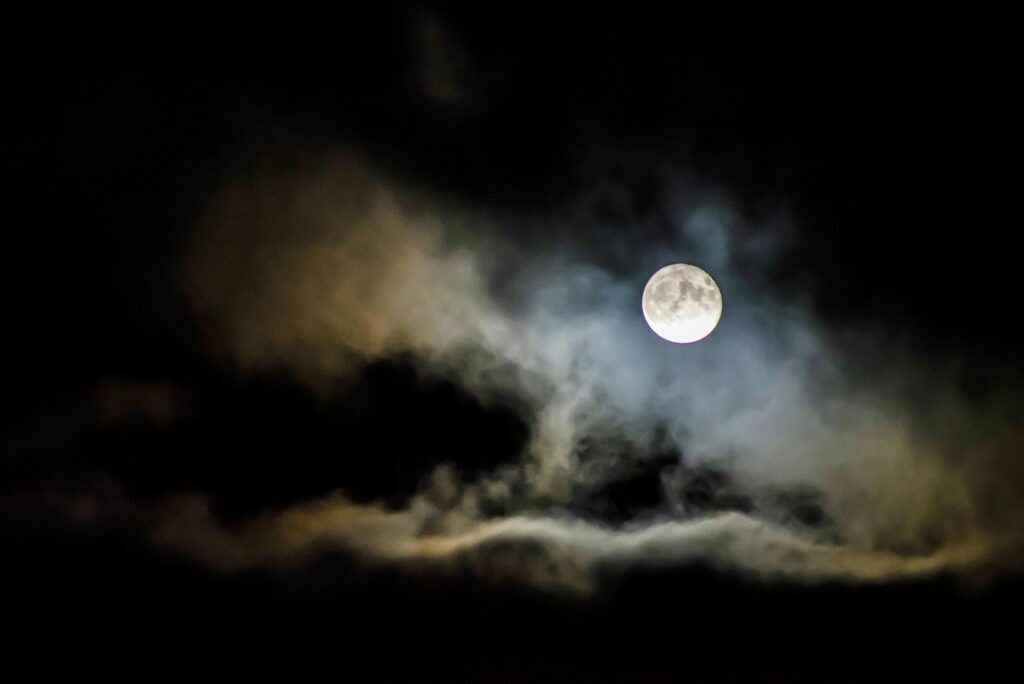
It’s easy to think of the moon as just another part of the night sky—routine, predictable, always there. But when something rare like the Strawberry Moon rises, low and glowing, it reminds us that not everything familiar should be taken for granted.
Because this moon isn’t just about astronomy. It’s a moment to pause, to feel, to ask deeper questions.
What are you harvesting right now in your life?
The Strawberry Moon once told entire communities it was time to gather fruit, to prepare for the next season, to honor the work of spring. Maybe for us, it’s time to gather something else. Clarity. Healing. Closure. Or maybe just stillness.
Just like the Moon moves through phases—waxing, full, waning—we move through seasons of becoming and unbecoming. Times when we shine brightly, and times when we need to disappear for a while and reset. The moon doesn’t apologize for its cycle. Neither should you.
The fact that this full moon only reaches this position once every 18.6 years isn’t just interesting trivia. It’s a lesson. Some things are rare not because they’re complicated—but because they require time, patience, and alignment.
In a world that wants everything fast, instant, and on-demand, the moon reminds us that nature doesn’t rush. And maybe neither should we.
How and When to Watch
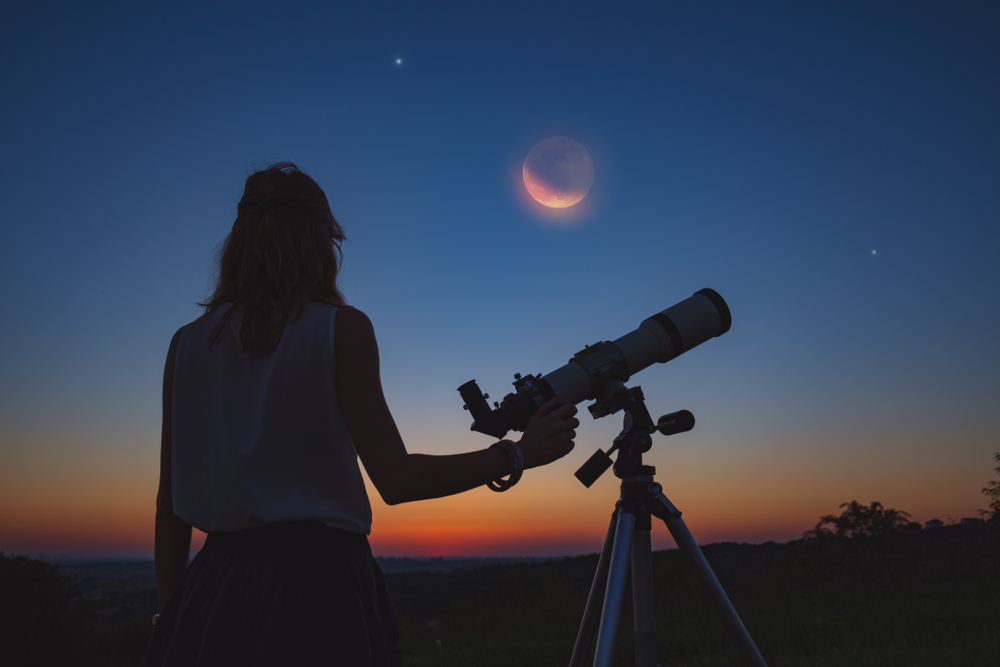
The Strawberry Moon will reach its peak illumination at 3:44 a.m. Eastern Time on Wednesday, June 11, 2025. But here’s the good news: you don’t have to wake up at that exact minute to feel the magic. To the naked eye, the moon will appear full for about two to three nights surrounding that peak—especially on the evening of Tuesday, June 10, as it rises at dusk and slowly climbs the southeastern sky.
Here’s when to look up, based on where you are:
- Toronto: 9:13 p.m. EDT
- Vancouver: 9:43 p.m. PDT
- Montreal: 9:00 p.m. EDT
- Calgary: 9:55 p.m. MDT
- Halifax: 8:57 p.m. ADT
- Winnipeg: 9:38 p.m. CDT
Wherever you are, the key is simple: look toward the southern or southeastern horizon, and try to get a clear, unobstructed view—free of trees, buildings, or city glare. Rural spots, high elevations, or open fields are your best bet. And if you can’t get there physically, let technology help. Apps like Sky Guide or Stellarium can help you track the moon’s rise in real time.
And one more thing—this isn’t just a moon you look at. It’s one you feel with your whole body. So leave your phone in your pocket. Breathe. Be still. Let the light of something ancient fall across your face.
Mark the Moon, Mark Your Mind
The moon will rise. That’s guaranteed. But whether it moves you—that’s up to you.
On the night of June 10, or in the early hours of June 11, when the Strawberry Moon climbs low and golden into the sky, ask yourself:
What am I being called to notice?
What needs harvesting in my own life—what wisdom, what healing, what forgiveness?
What have I been too distracted to see?
The sky has always been a canvas for meaning. For the ancestors, this moon marked survival and sustenance. For us, it can mark awakening. It can be the moment we step back from our noise, our scrolling, our endless doing—and remember what it means to just be.
So mark your calendar, yes. But more importantly, mark your presence.
Light a candle. Sit outside. Let the moonlight fall on your skin. Write something. Or say nothing at all. Just exist in the space between Earth and sky, knowing you are part of something vast, ancient, and still unfolding.
The Strawberry Moon won’t be this low again until 2043. But the part of you that knows how to pay attention? That’s always there.
This isn’t just a full moon. This is a full moment. Don’t miss it.
Loading...

